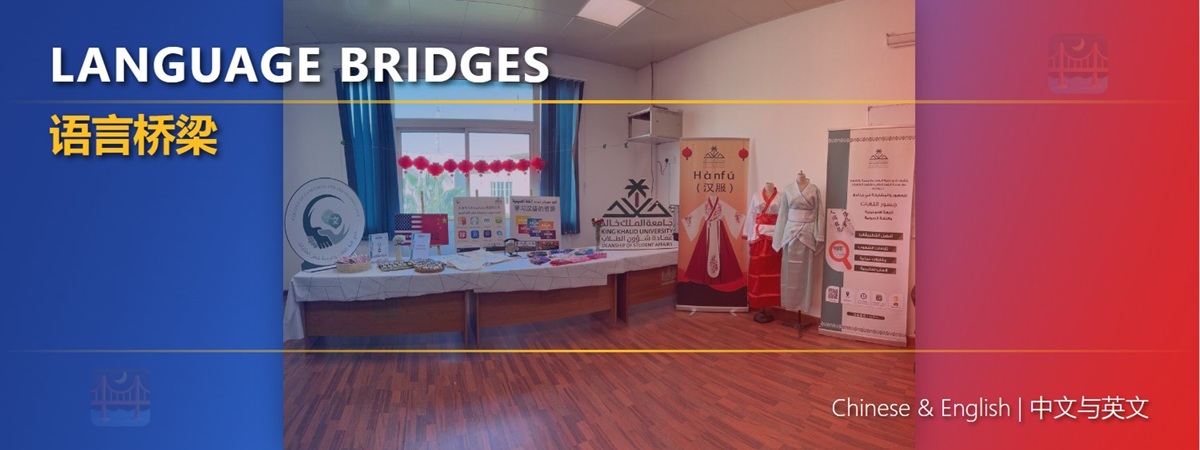
The Gaps that Speak for Themselves or How to Create a Cloze (T). . .
At a seminar held by King Khalid University's Language Research Center on March 21, 2018, Dr. Mihaita Horezeanu offered an insightful presentation on cloze tests and their practical application. His presentation, entitled "The Gaps that Speak for Themselves or How to Create a Cloze (T) Test," delved into the diverse facets of this unique testing tool.
Dr. Horezeanu commenced with an overview of the cloze test's history, followed by an exploration of its various forms, each with its own set of advantages and drawbacks. With a specific focus on the fixed-rate cloze test, he emphasized its simplicity from the test writer's perspective. However, he also noted that such a test may pose substantial challenges to test-takers due to potentially difficult and almost impossible gaps to fill.
The presentation also touched upon other types of cloze tests, including the modified fixed-ratio cloze and the rational-deletion cloze, discussing their strengths and weaknesses. Dr. Horezeanu enriched the seminar by sharing his own experiences applying these tests in various scenarios.
When it comes to designing a rational-deletion cloze test, Dr. Horezeanu stressed that test writers, often teachers, need to clearly understand what they aim to assess. He noted the significant challenge in creating a test that measures 'the effectiveness of communication,' as communication inherently involves interaction. Wrapping up his presentation, Dr. Horezeanu highlighted the intrinsic link between teaching and testing, suggesting that teachers, with their deep understanding of learning processes, are uniquely positioned to be the best test writers.
The seminar was deemed a great success, with attendees gaining valuable insights from Dr. Horezeanu's informative presentation.




